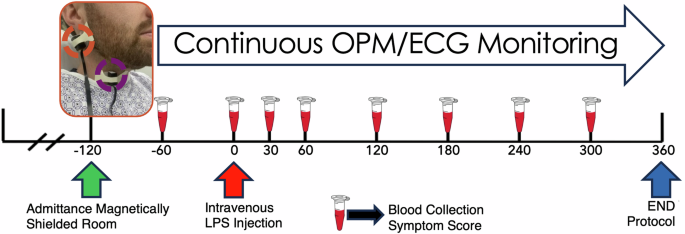2024-07-29 ノースカロライナ州立大学(NCState)

Photo by JacLou- DL
<関連情報>
- https://news.ncsu.edu/2024/07/how-an-emerging-disease-in-dogs-is-shedding-light-on-cystic-fibrosis/
- https://journals.physiology.org/doi/abs/10.1152/ajpgi.00145.2024
犬の胆嚢の嚢胞性線維症様疾患は、CFTRの後天的な機能不全が原因である。 Acquired dysfunction of CFTR underlies cystic fibrosis-like disease of the canine gallbladder.
Jody L. Gookin,Jennifer L. Holmes,Lane L. Clarke,…
Gastrointestinal and Liver Physiology Published:23 Jul 2024
DOI:https://doi.org/10.1152/ajpgi.00145.2024
Abstract
Mucocele formation in dogs is a unique and enigmatic muco-obstructive disease of the gallbladder caused by amassment of abnormal mucus that bears striking pathological similarity to cystic fibrosis. We investigated the role of CFTR in the pathogenesis of this disease. The location and frequency of disease-associated variants in the coding region of CFTR was compared using whole genome sequence data from 2,642 dogs representing breeds at low-risk, high-risk, or with confirmed disease. Expression, localization, and ion transport activity of CFTR was quantified in control and mucocele gallbladders by NanoString, Western blotting, immunofluorescence imaging, and studies in Ussing chambers. Our results establish significant loss of CFTR-dependent anion secretion by mucocele gallbladder mucosa. A significantly lower quantity of CFTR protein was demonstrated relative to E-cadherin in mucocele compared to control gallbladder mucosa. Immunofluorescence identified CFTR along the apical membrane of epithelial cells in control gallbladders but not in mucocele gallbladder epithelium. Decreases in mRNA copy number for CFTR was accompanied by decreases in mRNA for the Cl–/HCO3– exchanger SLC26A3, K+ channels (KCNQ1, KCNN4), and vasoactive intestinal polypeptide receptor (VIPR1) which suggest a driving force for change in secretory function of gallbladder epithelial cells in the pathogenesis of mucocele formation. There were no significant differences in CFTR gene variant frequency, type, or predicted impact comparing low risk, high risk, and definitively diagnosed groups of dogs. This study describes a unique, naturally occurring muco-obstructive disease of the canine gallbladder, with uncanny similarity to cystic fibrosis, and driven by underlying failure of CFTR function.


